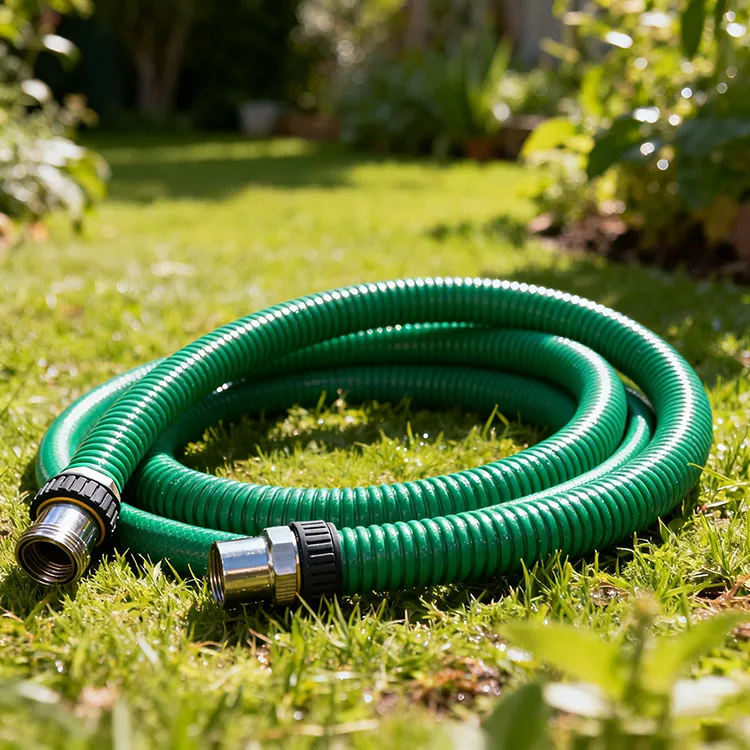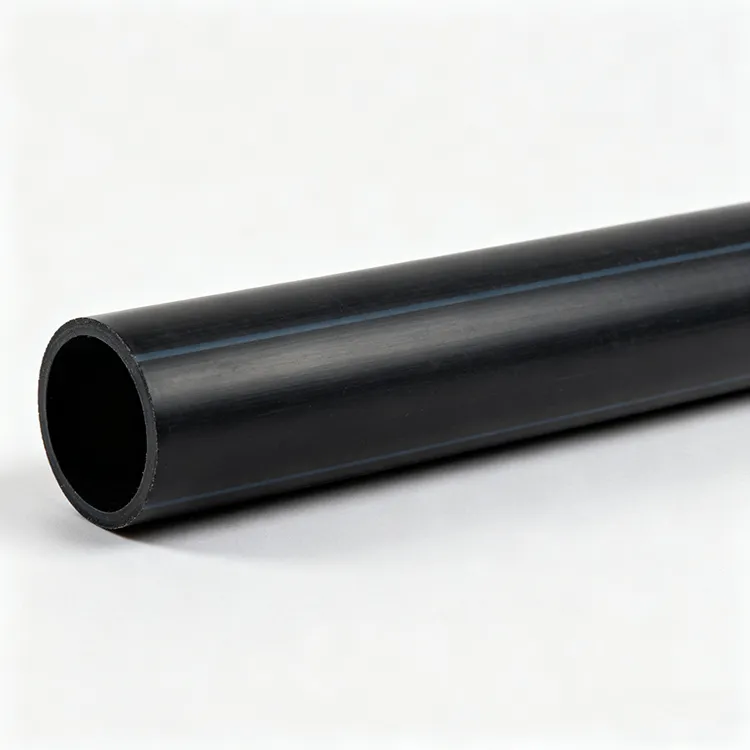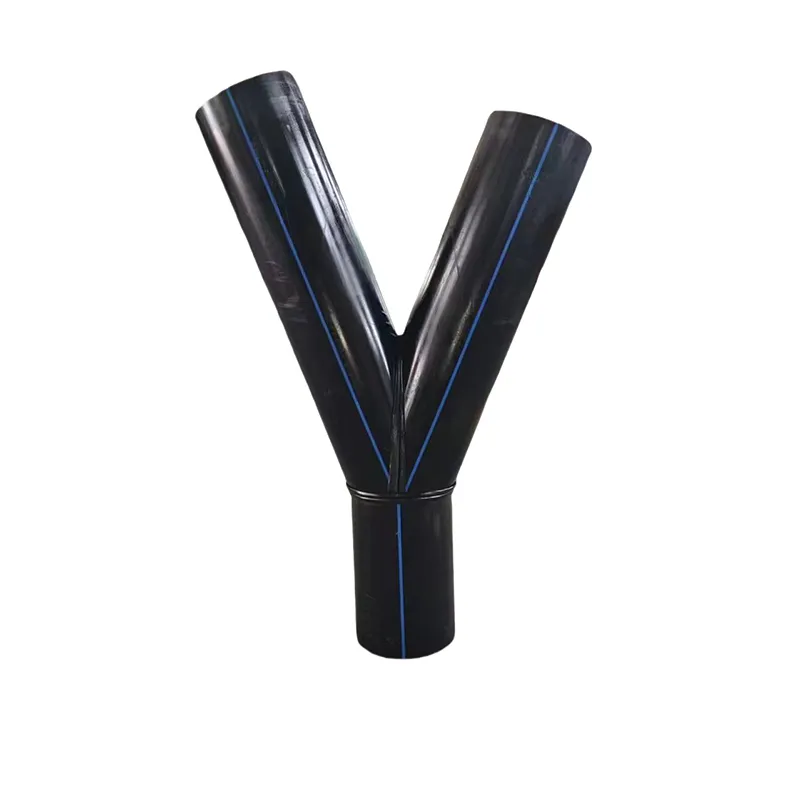First of all, the future development of high-temperature HDPE pipes will pay more attention to environmental protection and energy saving. Its application is more extensive and can be used in more industries. Compared with traditional steel pipes, it has higher energy-saving performance, can effectively reduce energy consumption, reduce carbon emissions, and is more environmentally friendly.
For example, the American Petroleum Engineering Company recently adopted high-temperature resistant HDPE pipes for oil transportation in an oil field in Iran. HDPE pipes have high strength, high temperature resistance, durability, are more corrosion-resistant than traditional pipes, are more environmentally friendly and energy-saving, eliminate the trouble of maintenance and replacement, and save a lot of manpower and material resources.
Secondly, the future development of high temperature resistant HDPE pipes will pay more attention to the improvement of service life. At present, the service life of HDPE pipes can reach more than 50 years, and this figure will be further improved. At the same time, with the development of technology, its pressure resistance and corrosion resistance will also be improved, so that it can be used in higher temperature and more complex environments.
For example, a new type of high-temperature-resistant HDPE pipe produced by a German company has a working pressure of 400 MPa, stronger pressure resistance than traditional materials, and a service life of more than 100 years, which can meet the needs of modern high technology.
In addition, the future development of high temperature resistant HDPE pipes will pay more attention to safety performance. Due to its flame retardant properties, it is safer to use in high temperature environments. In addition, it also has good impact resistance, which can effectively prevent pipeline explosions.
A high-temperature HDPE pipe produced by a company in the United States is used in a high-temperature environment. It has good high-temperature resistance, up to 110 degrees, and its impact resistance has reached international standards. It can effectively prevent pipeline explosion, improve safety performance, and be more environmentally friendly. .
Finally, the future development of HDPE pipe will be more intelligent. Intelligence will make it more flexible, easier to operate, and easier to realize remote monitoring. Taking a power plant in Hubei as an example, the power plant uses high-temperature HDPE pipes to connect the drainage tank of the power plant with the water supply tank, adopts intelligent detection, realizes the intelligent control of the drainage tank, improves the efficiency of sewage treatment, and saves costs.
For example, a high-temperature HDPE pipe produced by China Haili Company adopts intelligent control, which can realize remote monitoring, and can automatically adjust the flow rate according to environmental changes. It is more flexible in use, easier to operate, improves the efficiency of sewage treatment, and saves energy.
In addition, the future development of high-temperature-resistant HDPE pipes will also pay more attention to quality, improve production efficiency, and improve performance. At present, the production process efficiency of HDPE pipe is low, and the performance is not stable enough, which seriously affects the development of HDPE pipe. Therefore, the production process of HDPE pipes will be greatly improved in the future, improving production efficiency and performance, making HDPE pipes more stable and durable, and better meeting market demand.
According to statistics, the market demand for HDPE pipes will continue to grow in the next few years. By 2025, the market demand for HDPE pipes will reach about 2 billion US dollars, with a growth rate of about 5.7%. The market prospect is bright.
The above is the analysis of the future development trend of high temperature resistant HDPE pipe. Its environmental protection, pressure resistance, corrosion resistance, high temperature resistance, flame retardancy, impact resistance and other advantages will make it widely used in more industries and realize more efficient and safer pipeline systems. At the same time, its intelligent development will be easier, and it will be easier to realize remote monitoring, saving more time and money for human beings.









659.webp)
210.webp)
328.webp)

294.webp)
476.webp)


